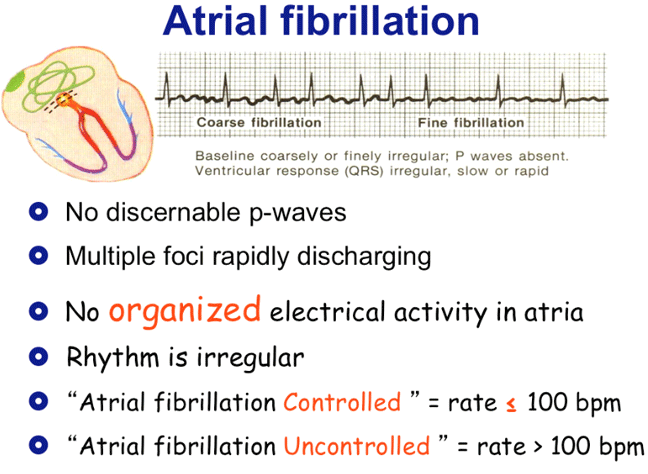

Sometimes, a heart doctor (cardiologist) uses the electrodes to stimulate the heart to beat at rates that may trigger - or stop - an arrhythmia. Once in place, the electrodes can map the spread of electrical impulses through the heart. In this test, also called an EP study, a doctor threads thin, flexible tubes (catheters) tipped with electrodes through the blood vessels to different areas within the heart. The doctor observes how your heart and the nervous system that controls it respond to the change in angle.Įlectrophysiological testing and mapping. The table is then tilted as if you were standing up. Your heart rate and blood pressure are monitored as you lie flat on a table. A doctor may recommend this test if you've had fainting spells. If you have difficulty exercising, a drug may be given to stimulate the heart in a way that's similar to exercise. During a stress test, the heart's activity is monitored while you ride on a stationary bicycle or walk on a treadmill. Some arrhythmias are triggered or worsened by exercise.

If your doctor doesn't find an arrhythmia during those tests, he or she may try to trigger the arrhythmia with other tests, which may include:
#Treatment for heart flutter skin
If symptoms are very infrequent, an event recorder may be implanted under the skin in the chest area to continually record the heart's electrical activity and detect irregular heart rhythms. In this noninvasive test, a hand-held device (transducer) placed on the chest uses sound waves to produce images of the heart's size, structure and motion. An event recorder may be worn for a longer period of time (up to 30 days or until you have an arrhythmia or typical symptoms). This wearable ECG device is used to detect sporadic arrhythmias.
#Treatment for heart flutter portable
This portable ECG device can be worn for a day or more to record your heart's activity as you go about your routine. An ECG measures the timing and duration of each electrical phase in the heartbeat. During an ECG, sensors (electrodes) that can detect the electrical activity of the heart are attached to the chest and sometimes to the arms or legs. Tests to diagnose heart arrhythmias may include:


 0 kommentar(er)
0 kommentar(er)
